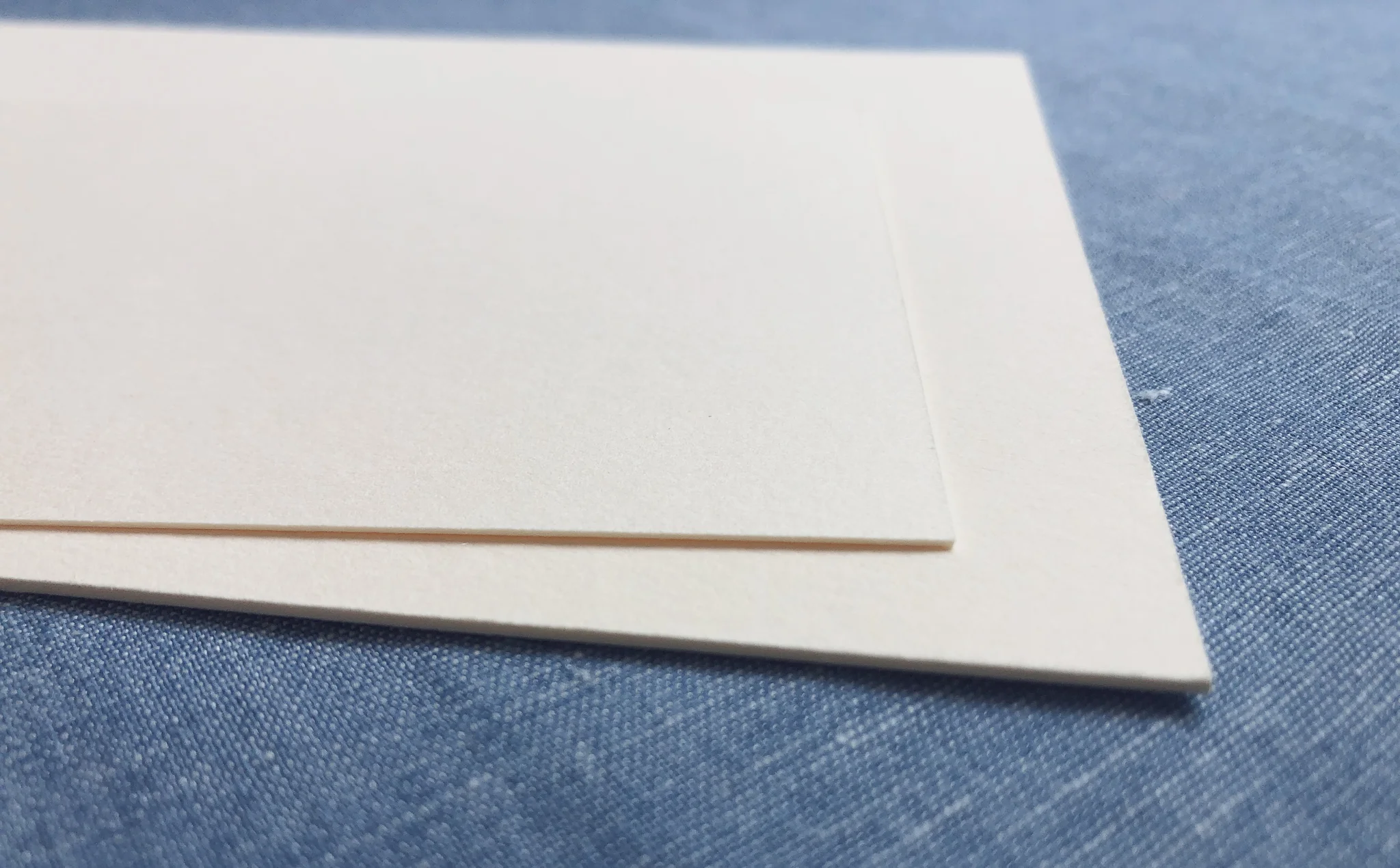Weighing the Options; A guide to selecting paper weight for your wedding invitations
When it comes to decision making for an invitation suite, it doesn't stop at layout, color, and script style. Selecting paper weight is one of the many important decisions to make when planning an event. Think about all of the invitations you have received in the past. They arrived on a nice crisp, thicker-than-your-average-printer-paper piece of cardstock. The heavier weight of the paper intrinsically tells you that it is informing you of an important event, and its sturdiness is helpful while keeping from losing it until the event.
Brides and Grooms have so many decisions to make when planning a wedding. Band or DJ? Seated Dinner or Buffet? Church or beach nuptials? Luckily, unlike most of the other decisions you have to make, there are guidelines for paper weight. There is no one-size-fits all answer here, but the guidelines are a good rule of thumb. Paper weight largely correlates to the printing method you choose, so there really isn't too much to sweat!
If your invitations will be digitally printed, the paper will crease during the printing process if it is too thick. There is a caveat to this. If you absolutely love a thick cardstock and want to stick to digital printing, there is a method that is referred to as flat printing. Flat printing is digital printing on a printer that distributes the ink in a flat format, rather than running it through printer rolls.
Letterpress and Foil Stamped invitations require a heavier weight paper so that their applications can be properly applied to the paper.
Recommended Paper Weights By Print Type
Digital/Flat - 100lb.-110lb. cardstock
Letterpress - 110lb.-220lb. cardstock
Foil Press - 110lb.-220lb. cardstock
110# cardstock (top), 220# cardstock (bottom)
As I said, these are just guidelines. There are many variables such as specialty paper or finishes that could require a different paper weight, but generally speaking these are great go-tos.
xoxo,
Alexandra


